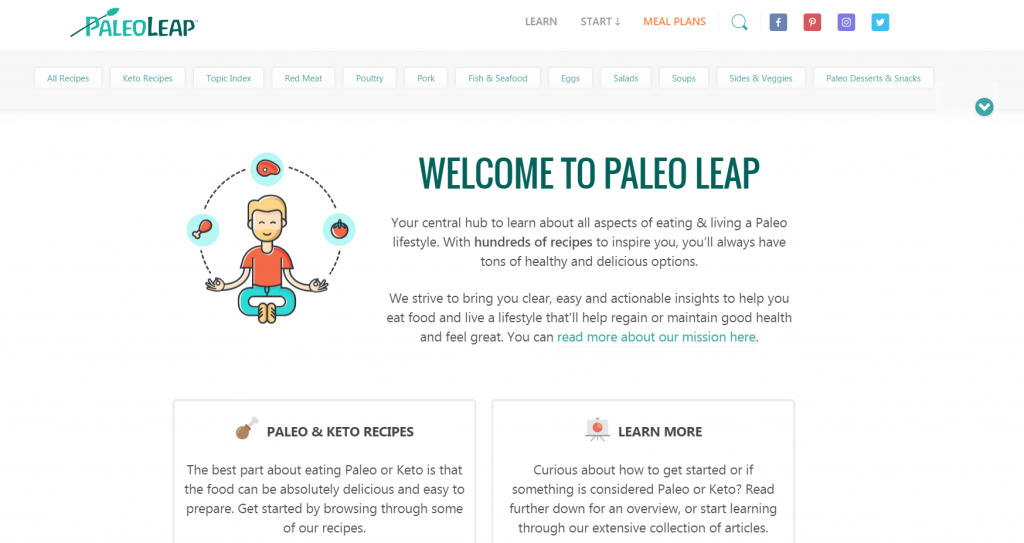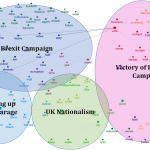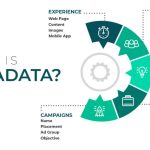
I’m starting to get upset. I want to yell “FREEDOM!” at the top of my lungs, hoping someone in the mainstream press will hear.
Do you remember the movie Braveheart? It’s the story of William Wallace, who gave his life as a symbol for freedom against opressive rulers. It was a moving story, because Wallace served as a catalyst for doing the right thing against the few in power who would try to “own” the public. Today, we are in a similar situation.
I recently learned that vitaminwater.com resolves to Facebook.com/vitaminwater. This is categorically bad for the Web, a virtual canary in the coal mine. Forget the fact that Vitamin Water is a useless product that destroys the environment with throw-away bottles. It’s a sign of serious slippage that they have just thrown in the towel and gone to Facebook, because on Facebook they can better identify their visitors, and it’s easier for people to sign up and participate. Don’t take this lightly. If things go much more in this direction, all the innovation and productivity increases will be brought to us by Facebook’s marketing department. Or not.
Those of us in the Open Web movement have no one to blame but ourselves. It’s not the fault of the consumer, and you certainly can’t blame Facebook, nor can you expect journalists to ask hard questions – it’s simply our fault for not giving people a better choice. There are a few voices shouting from a few rooftops, but we’re too fragmented to get critical mass. Like any successful movement, this one needs a rough framework, a reason to work together, a catalyst, and a lot of luck. At the moment, we’re making progress on all of these, but not enough. We’re losing ground every day.
The shift I’m talking about qualifies for exactly what John Hagel and John Seely Brown talk about in their book, “The Power of Pull,” and what I talk about in my book, “Pull.” Put them together and you have a roadmap to ideas and business models that will scale forward into the 21st century. I’d love to apply Hagel and Seely Brown’s principles to what I’m doing, but it’s not going to be easy. The industry I’m trying to switch from push to pull isn’t a vertical one – it’s the platform we use every day to do everything we need and want to do. My goal is no less than to replace all our computers and tablets with radically cheaper screens that use the Web natively. This is not only much better for rich people who today have half a dozen Apple products, it’s the platform for the 5 billion people on the planet who can’t afford Apple products. No one wants the next version of a huge operating system running on a hard disk. People want to use their information, interact with others, conduct business, create markets, learn, communicate, find their way around, and watch live sporting events on cheap devices that are everywhere in their lives, and I want to help them do it. I want to help catalyze the platform for the 21st century. It’s a huge, disruptive shift, and the established players aren’t going to go lightly. I’m certain it will come. It’s just a matter of when. My goal is to start the company that leads an entire wave of consumers and startups onto the open web.
This Movement Needs a Framework
We have a legal framework evolving at places like Creative Commons, Data Portability, the Open Rights Group, and the Open Web Foundation. That’s great. We have standards evolving at W3C, OASIS, ISO, and OpenGroup. But we still don’t have an architecture for the personal data locker, and we need one. What I mean is that all startups working on some aspect of personal data should be working on a part of the overall end solution – similar to different countries working to build the International Space Station, bit by bit. The W3C Incubator Group just published their report on standards for the Open Social Web – it’s great they are putting more effort into this area. But we need a commercial framework as well. The best thing we have so far is PersonalDataEcosystem.org, a dedicated group of people from the identity and VRM worlds. They are on the right track, but they need help. For starters, we need a framework for how all the pieces are going to fit together. This may be unprecedented, but I think it’s necessary. It’s as though The Emperor and Darth Vader are building their own space station, and the people of the world are behind in building theirs. Put simply: we aren’t working together enough. We don’t have the traction we need to build what Hagel and Seely Brown call a “shaping strategy,” much less a “shaping platform.” The framework for the personal data locker must show how we will:
- manage our identities
- manage our belongings
- manage vendors
- establish a universal timeline
- manage location and life log data
- manage personal data (finance, health care, career, etc)
- manage security and permissions
- connect to friends and colleagues
- form groups
- send messages
- link data
- protect privacy
- build interoperability into everything
- add services on an ad-hoc basis
If we were to choose a name for this effort, today we’d have to call it the Setback Foundation. But 2011 is going to be different. In 2011, there will be an uprising. I will lead the charge if I have to, but I’m sure many more will join, because this movement doesn’t need a leader. It needs an explainer. At the moment, The Personal Data Ecosystem is the best vehicle we have. Let’s give them our attention, our time, our energy. And, most important, let’s get the word out that they exist. Please tweet and blog to anyone you can reach. Tell them it’s important. Tell them if they want to live free, they need to help us build that future.





